With federal funding expiring at the start of the fiscal year, the political battle over who bears responsibility for a shutdown has shifted quickly to a competition over narratives. Democrats are emphasizing risks to health and safety, while Republicans are centering the dispute on border security and a cluster of cultural issues they say justify tougher spending conditions.
The two frames are not accidental. Party strategists, leadership offices and allied outside groups have spent weeks testing lines for social media, local news and television bookers, anticipating a protracted standoff and the need to set early perceptions among voters who only dimly follow congressional budgeting.
Democrats’ case leans on visible consequences: delayed or curtailed work at agencies like the Centers for Disease Control and Prevention and the Food and Drug Administration, reduced capacity for clinical research at the National Institutes of Health, disruptions for community health centers and Indian Health Service facilities, and slower customer service or reimbursement processing for programs that rely on federal staff. They point to potential pauses in routine food safety inspections, disease surveillance and grantmaking schedules that underpin state and local public health work.
Expect to see Democratic members fanning out to hospitals, clinics and senior centers for press events highlighting those impacts. The White House and agency chiefs typically publish contingency plans and service-by-service guidance, which Democrats amplify to underline the argument that shutdowns are not abstract fights in Washington but real-world interruptions to basic services.
Republicans, particularly House conservatives who pressed for policy riders in appropriations bills, are focusing on immigration and cultural priorities. They argue a shutdown is less damaging than continuing what they describe as failed border policies and federally backed initiatives on diversity, equity and inclusion, gender policy and school curricula. The message: leverage the funding deadline to force policy concessions, especially on asylum, enforcement and limits on domestic programs they oppose.
That approach is bolstered by high-salience imagery — border sectors under strain, protests over classroom content and debates over abortion-related restrictions — which Republicans maintain resonate more strongly than technical spending disputes. Leadership offices and campaign committees are steering members toward border visits, local law enforcement roundtables and school board backdrops to reinforce that frame.
The risk for each side is familiar. Historically, the party perceived as precipitating a shutdown has often paid a short-term political price, but blame can diffuse when both sides are dug in and messaging saturates partisan media. Democrats run the risk that warnings about service disruptions sound routine if previous shutdowns taught the public that core benefits keep flowing. Republicans risk being tagged as moving the goal posts if culture-war riders appear detached from top-line spending.
Inside the Capitol, the communications strategy mirrors the legislative reality: the House majority contends with demands from its right flank for stricter policy riders, while the Senate pushes cleaner funding measures to reopen government. Each chamber’s pace and posture feed the narrative outside — stalemate becomes proof, in each party’s telling, that the other side is unreasonable.
Beyond the spectacle, the stakes are concrete. Hundreds of thousands of federal workers face furloughs or delayed pay, contractors lose revenue that is rarely repaid, and state and local governments must decide whether to backstop federally supported services. Markets watch for signs the impasse will spill into debates over longer-term caps and fiscal targets, including the timing of the next debt limit showdown.
What happens next hinges on two clocks: the policy clock of appropriations negotiations and the perception clock of the first few days of a shutdown. If Americans see closed doors, slower service and jittery local officials, Democrats believe their health-and-safety message will stick. If voters focus on migration pressures and cultural flashpoints, Republicans see an opening to sustain the fight for their policy riders. Both sides know that first impressions are hard to undo.

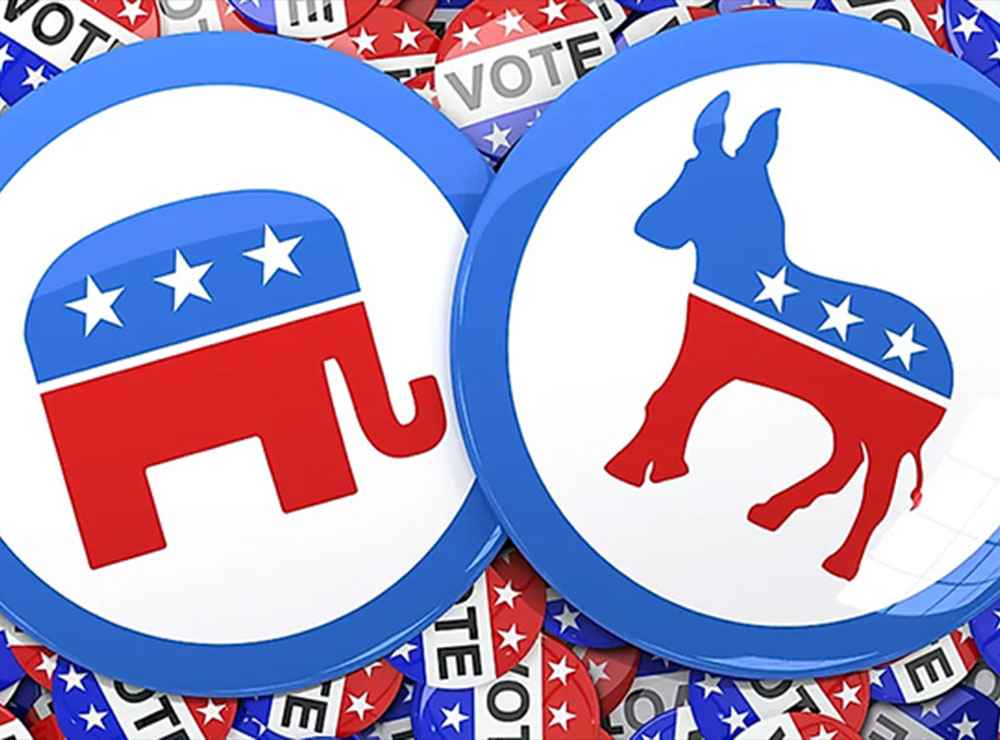
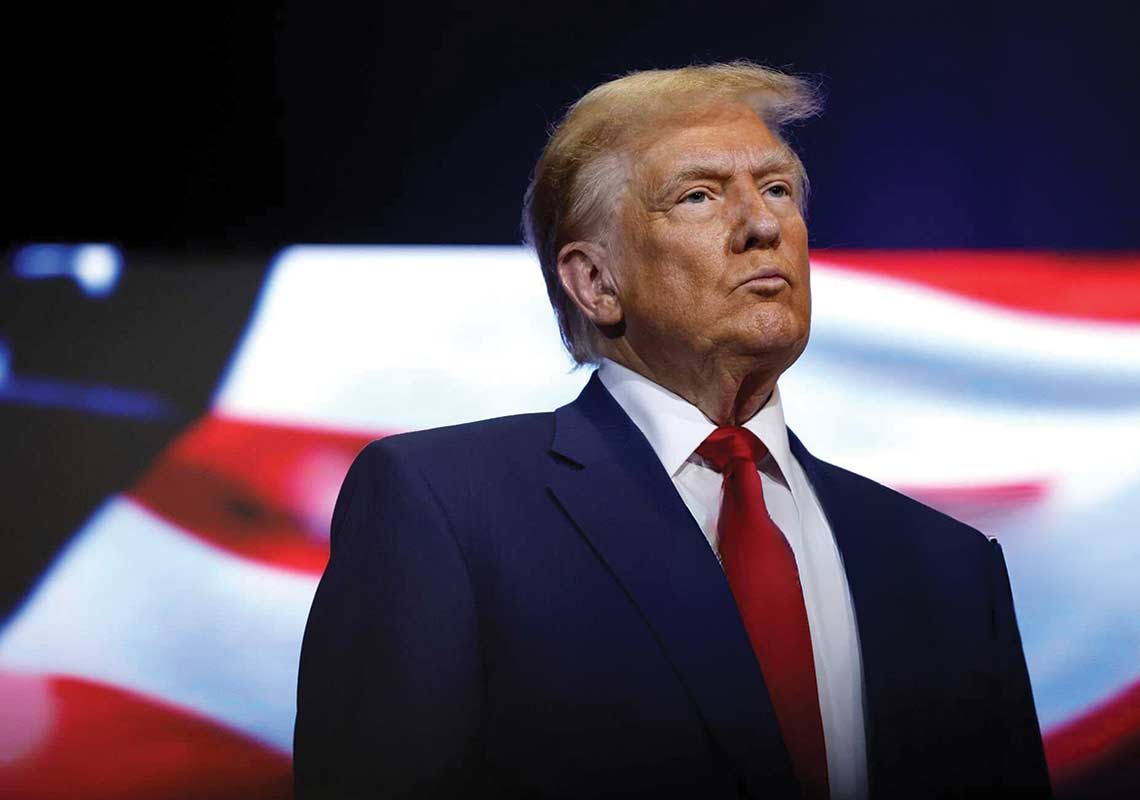
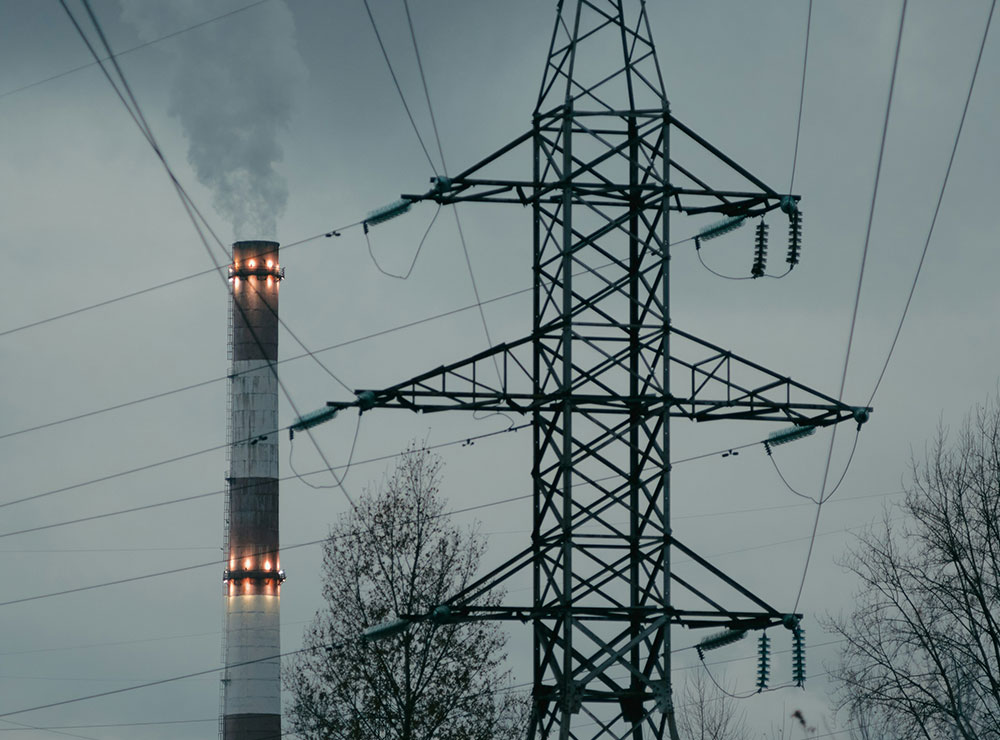
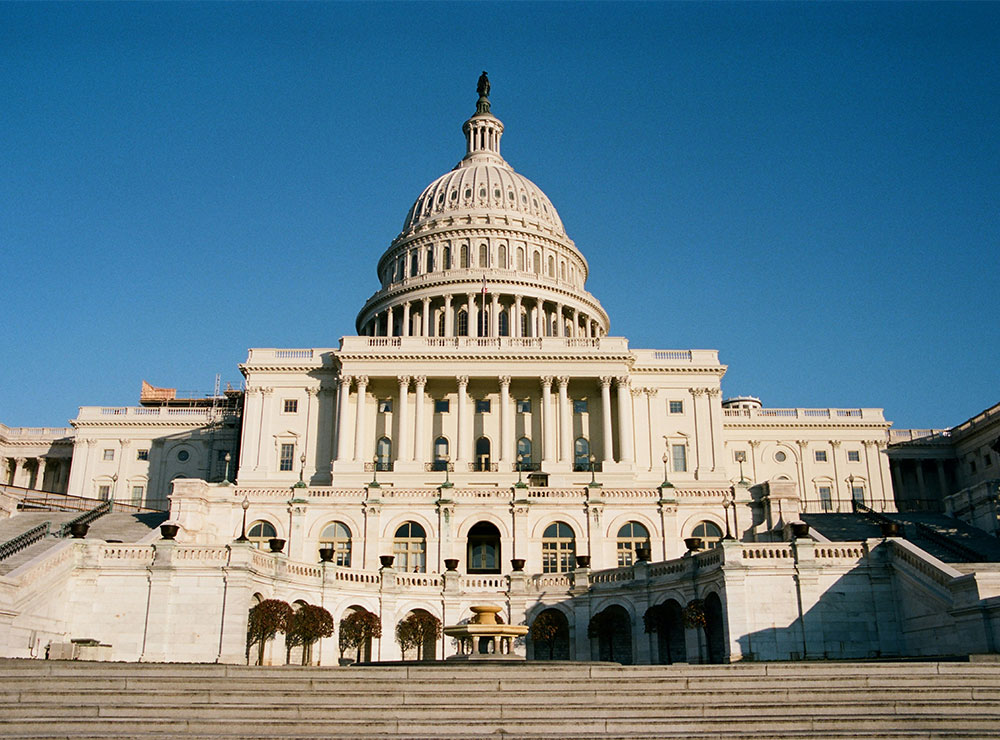
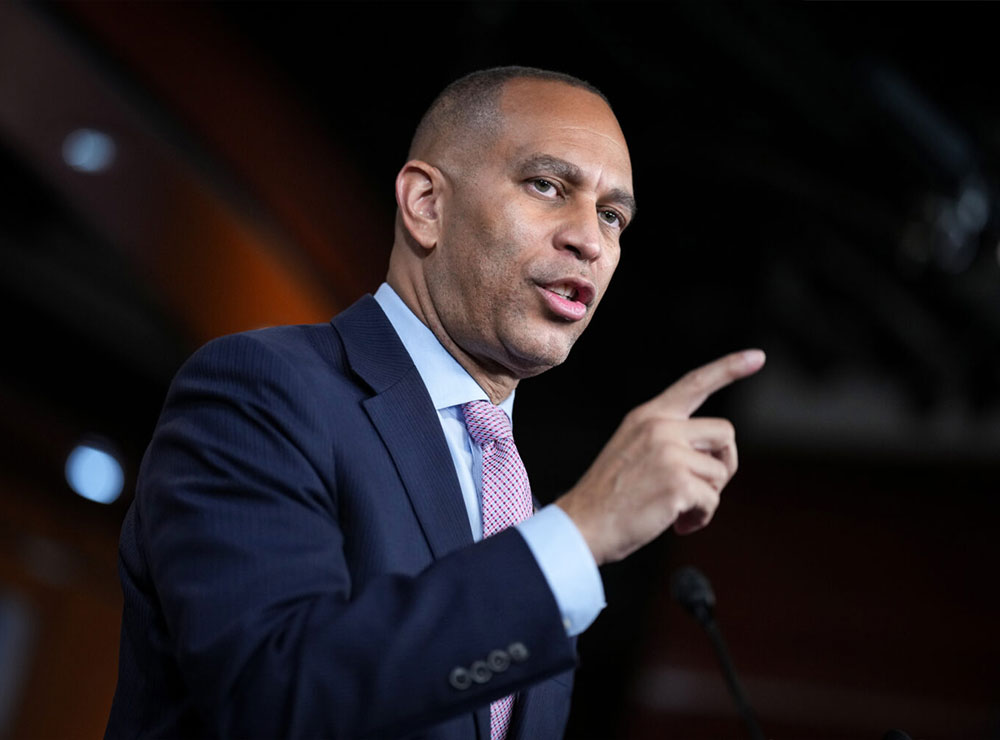

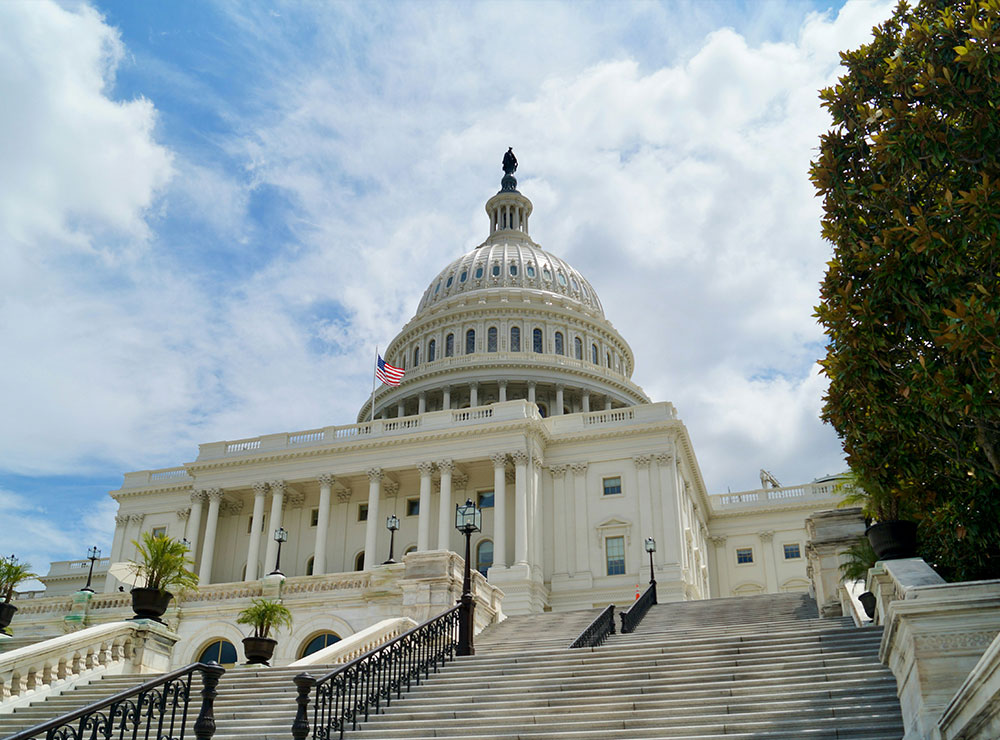
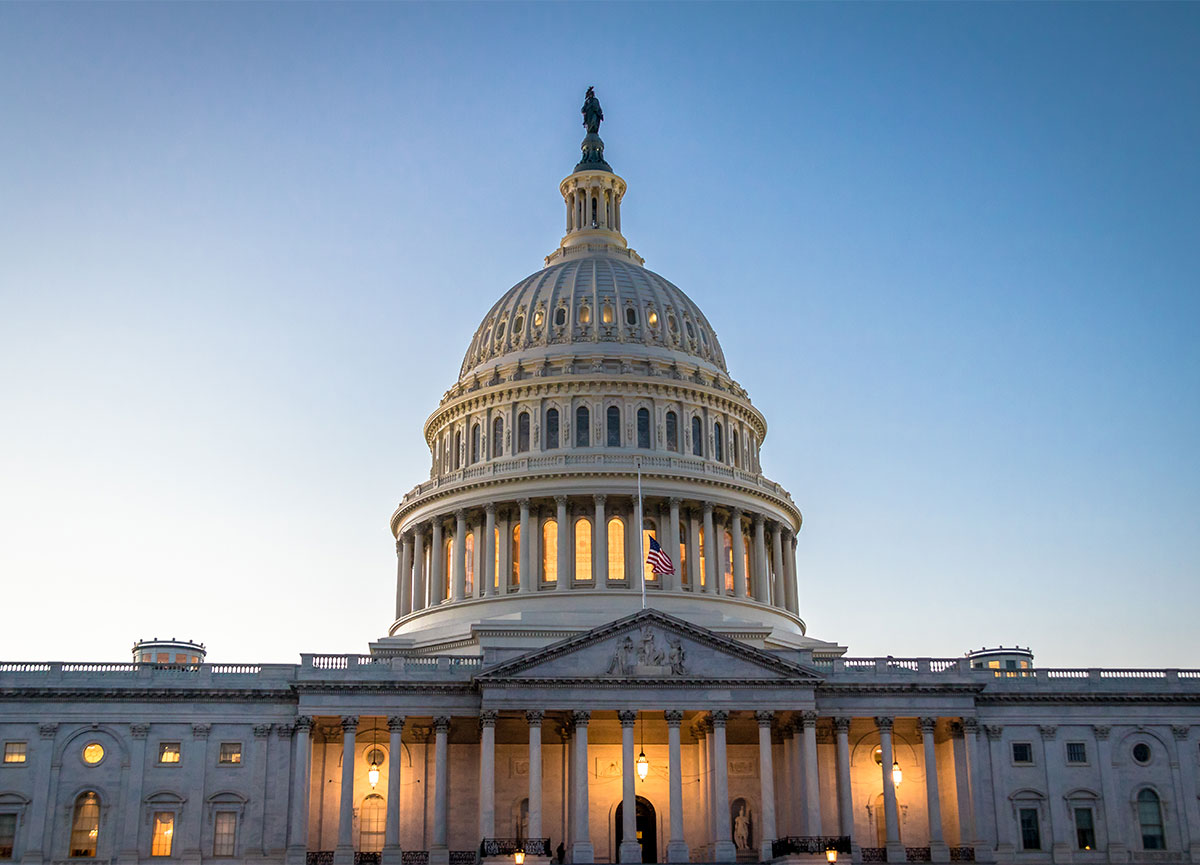
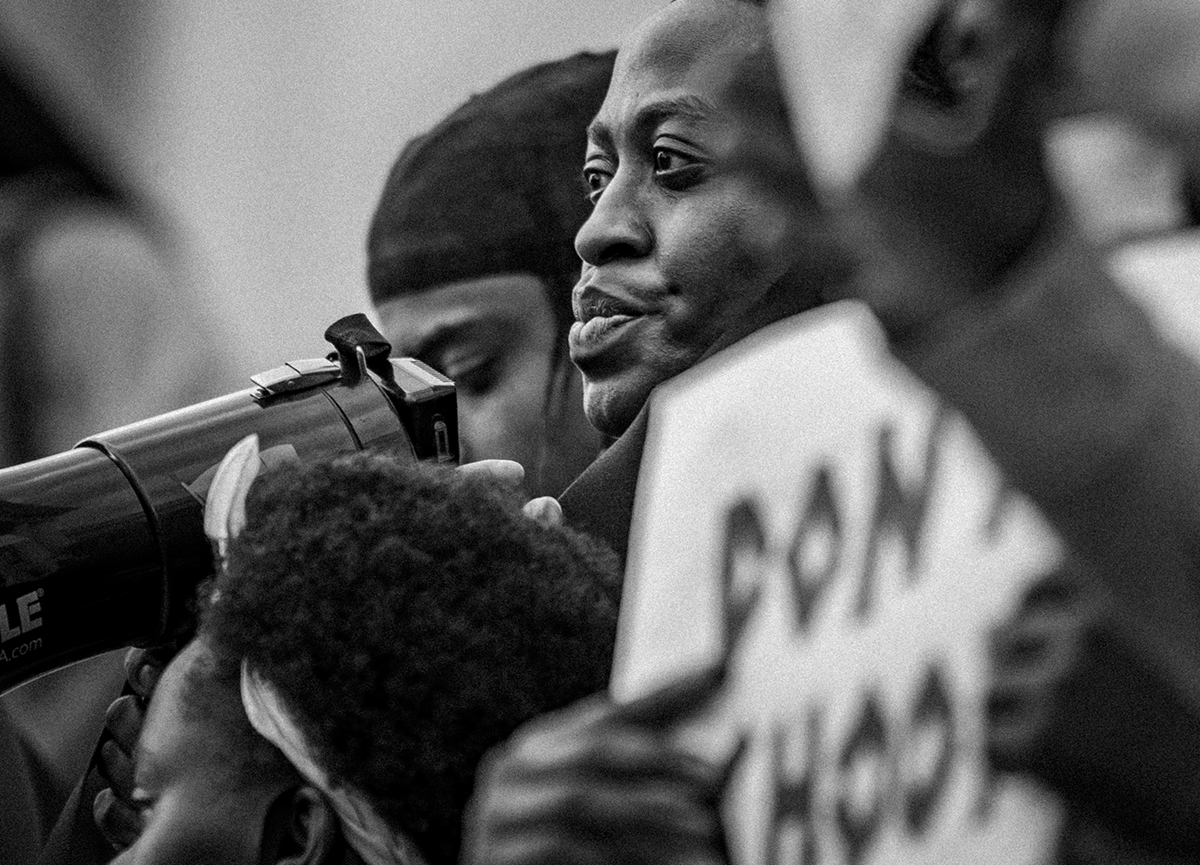
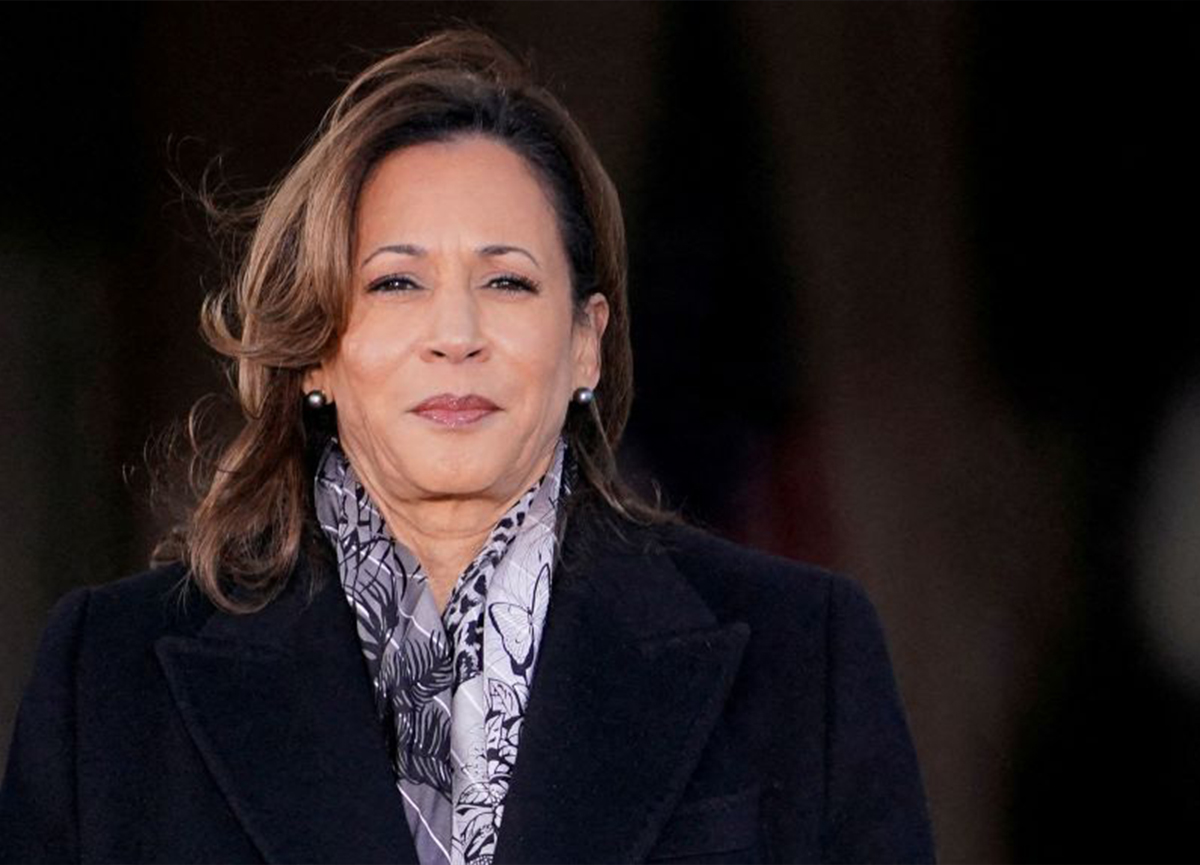
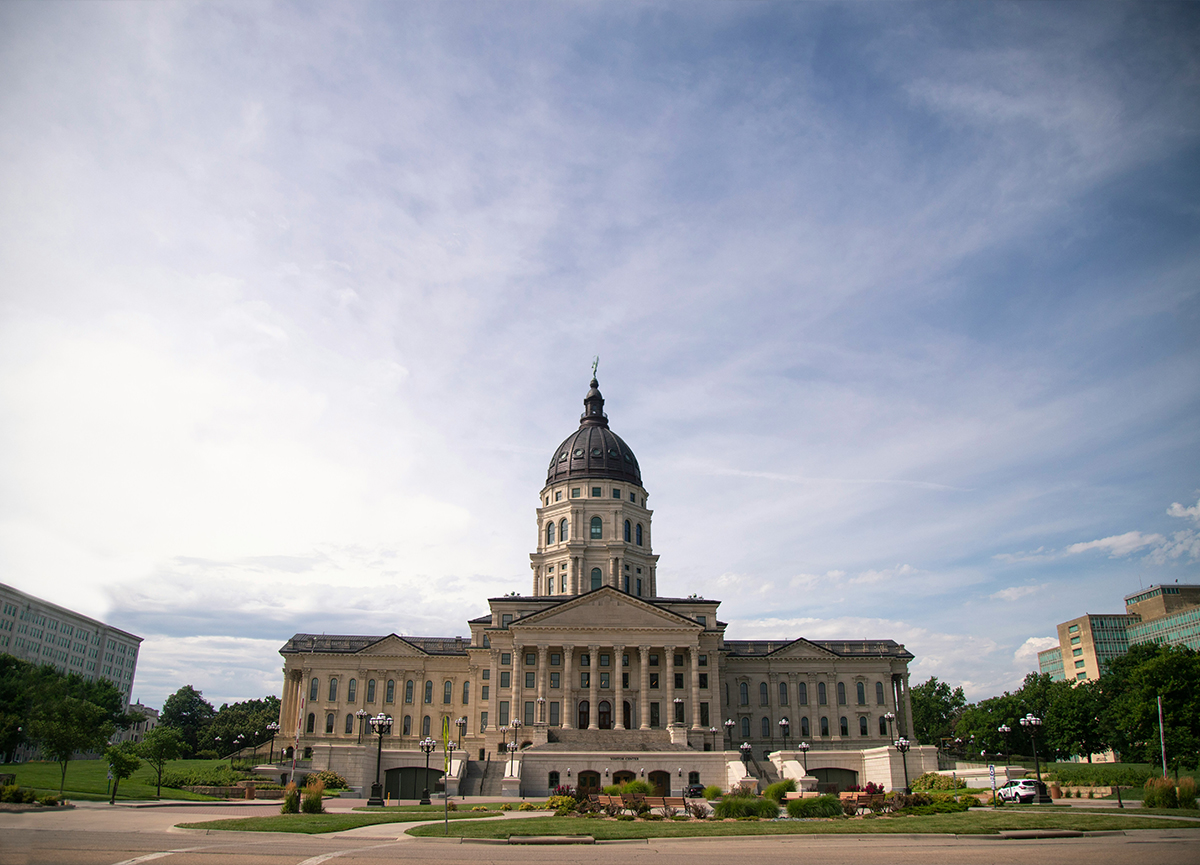
Leave a Reply